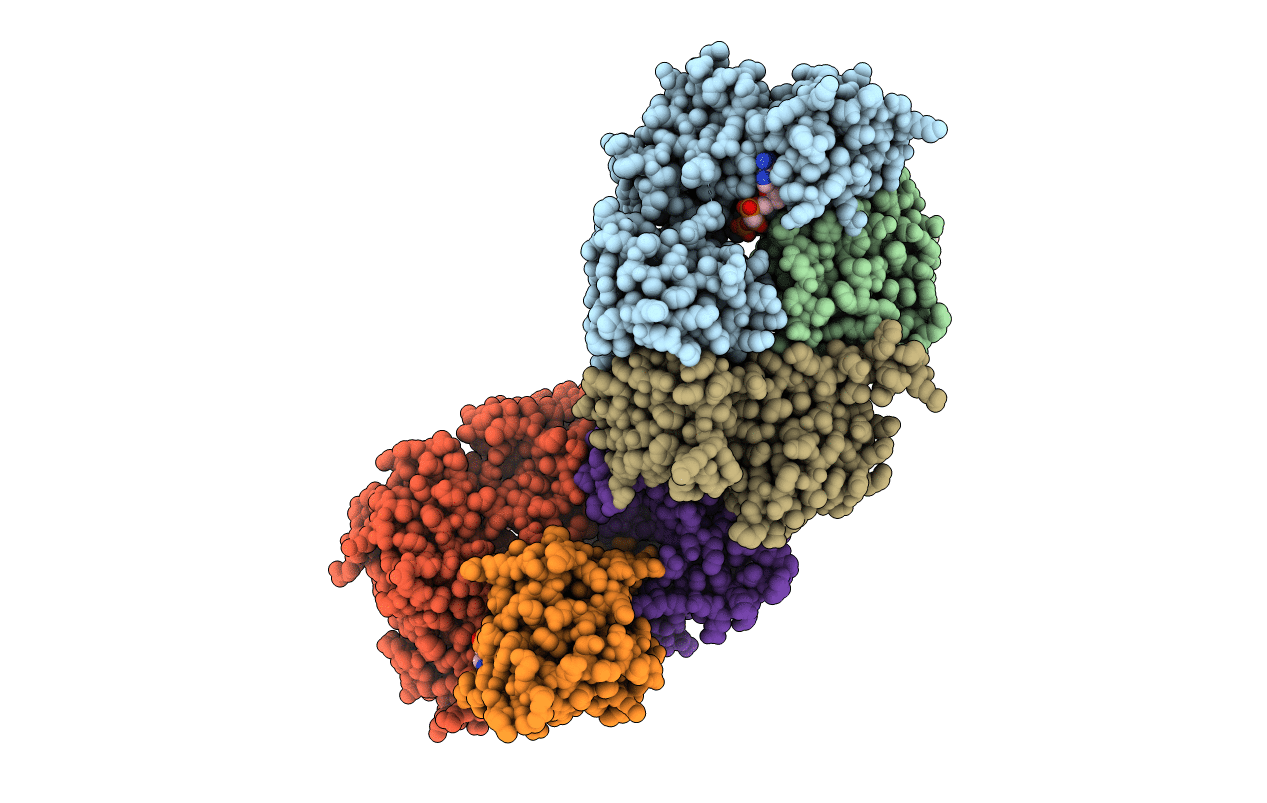
Deposition Date
2019-07-08
Release Date
2019-07-17
Last Version Date
2024-05-15
Entry Detail
Biological Source:
Source Organism:
Host Organism:
Method Details:
Experimental Method:
Resolution:
2.89 Å
R-Value Free:
0.28
R-Value Work:
0.20
R-Value Observed:
0.21
Space Group:
P 21 21 21


